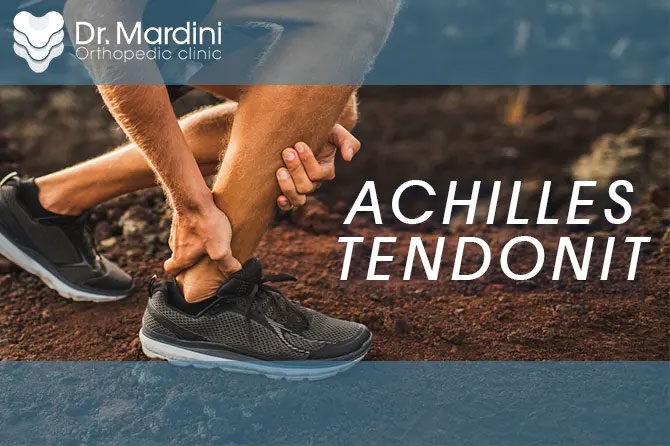
What is Achilles tendonitis?
When you suffer from pain behind and down the leg after running or jogging or after standing for long or after climbing stairs and sometimes after using new shoes with hard heels, you often suffer from inflammation of the Achilles tendon, or the so-called Achilles tendon, which is a common and annoying inflammation that lasts for a while long. It affects most athletes, such as runners or tennis players, especially when exercising after a break. Among the most important causes of excessive use, not drinking enough water, using inappropriate shoes such as hard heels, playing on concrete or hard floors, or sudden jumping as in basketball. It is usually more in middle-aged men. Flat feet may play a role in increasing pain, as well as obesity, shortening the calf muscle, and walking in rough places such as mountainous areas during trips. Neglecting this problem may lead to a tendon rupture and a surgical operation to repair it.
What is the management of Achilles tendonitis?
The first step in treatment after acute inflammation is complete rest for several days with taking some non-steroidal anti-inflammatory drugs or what your doctor recommends with the use of some topical treatments such as sprays, gels, medical stickers, and warm water compresses, and if you do not find these treatments, the next step must be Physical therapy, especially sound waves, shocks, lasers or a combination of all of them with stretching exercises and strengthening the leg and foot muscles. Your doctor may prescribe some orthotic flats for the foot or put a silicone pad in the shoe to absorb shocks while walking.
In the event of a tendon rupture, surgery is required, and the faster the surgical procedure, the better the result. After the surgery, the foot is placed in a splint for 40 days, after which comes the stage of physical therapy. To prevent infection, some practices can be followed, such as:
- Drink enough water before and after exercise.
- A good and gradual warm-up before sports.
- Doing exercise gradually and not suddenly, with an increase in the frequency with the days.
- Avoid sports on hills, bumpy roads, or climbing stairs, especially at the beginning.
- Choosing the right shoe with great care for each sport and to be suitable for your feet and the quality of the sport. It is not correct to run, for example, with tennis shoes.
- Do stretching exercises daily and ride a bike to soften the calf muscle.
- Put cold water compresses after exercise for 5 minutes.
And stay healthy.

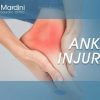





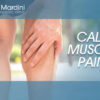

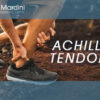











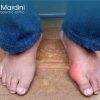

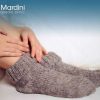


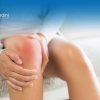
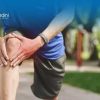
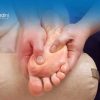



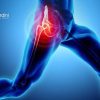

Leave a reply